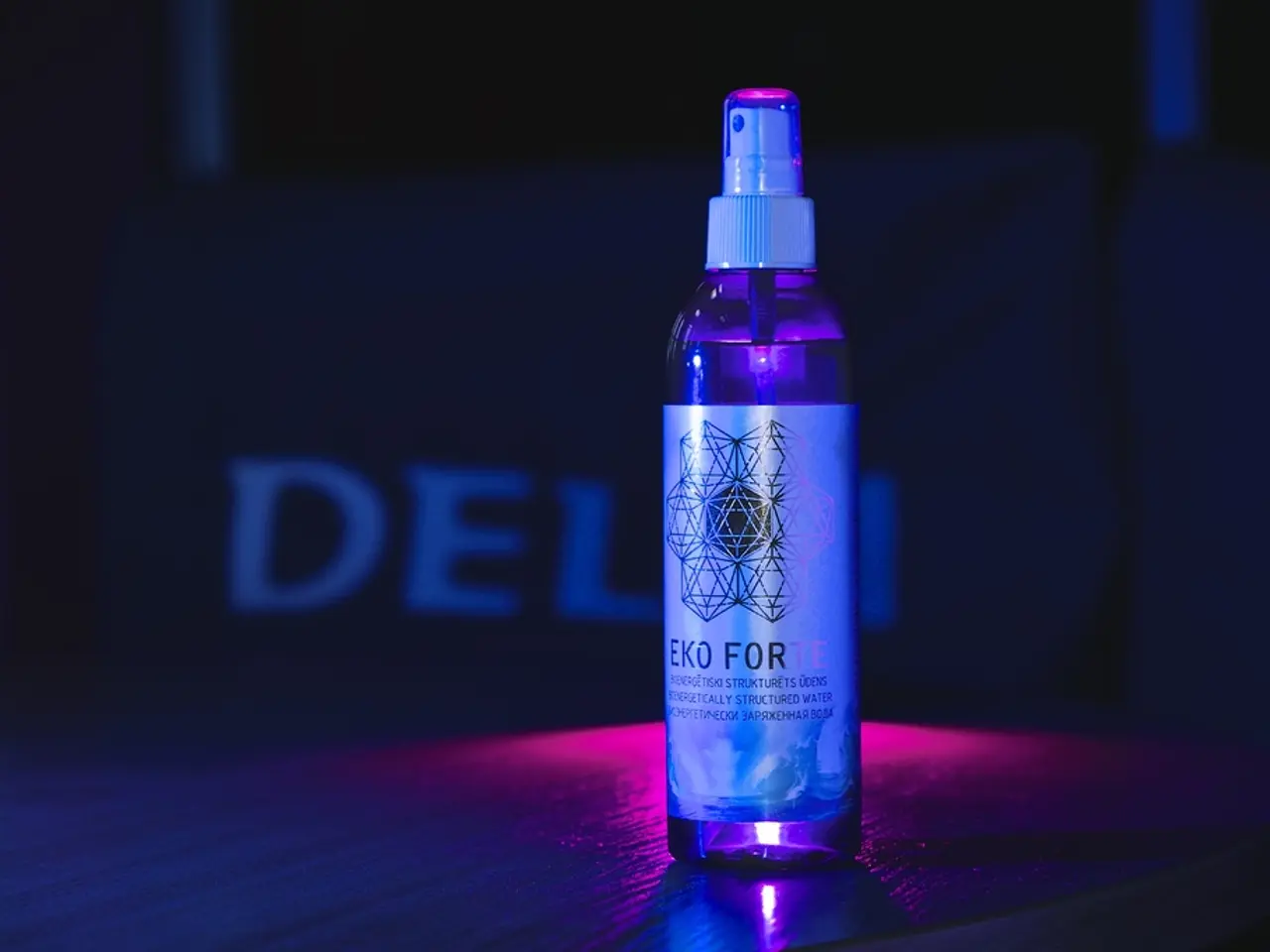Hemolytic Anemia from Autoimmune Origin: Understanding Causes, Classifications, and Symptoms
Autoimmune Hemolytic Anemia (AIHA) is a rare but significant red blood cell disorder and immune disorder that affects the body's production and preservation of red blood cells. This condition arises when the immune system mistakenly attacks and destroys these vital cells.
The amount of haptoglobin in the blood can indicate how quickly red blood cells are being destroyed. Haptoglobin is a protein produced by the liver that connects a specific type of hemoglobin within the blood. Normally, red blood cells live in the body for 100 to 120 days. However, in severe cases of AIHA, the cells may remain only for a few days.
AIHA can be primary or secondary. Primary AIHA has no sign of any underlying condition, while secondary AIHA is linked with another condition. Common triggers for the development of AIHA include underlying autoimmune disorders, blood cancers, infections, medications and toxins, and genetic predisposition.
The most common type of AIHA is warm autoimmune hemolytic anemia (wAIHA), which is caused by IgG autoantibodies that bind red blood cells at body temperature, leading to their premature destruction. Cold AIHA, accounting for 10-20% of cases, involves IgM autoantibodies and becomes worse when a person is in temperatures between 32o and 50o Fahrenheit.
Diagnosing AIHA involves a series of tests, including a complete blood count, Coombs tests, reticulocyte test, and bilirubin test. High bilirubin levels in the blood can be a sign of anemia, liver damage, or another disease.
In children, AIHA is usually the result of a virus or infection and is usually temporary. However, in some adults, it can be a long-term condition. In severe cases, treatment options may include surgery, medication, or blood transfusions.
Common symptoms of AIHA include weakness, tiredness, pale skin, rapid heartbeat, shortness of breath, yellowing skin, dark urine, muscle pain, headache, nausea, vomiting, diarrhea, lightheadedness, difficulty breathing, a sore tongue, heart palpitations, and a rapid heartbeat.
To help reduce the risk of complications, people with AIHA should avoid people with infections or who are sick, wash their hands and brush their teeth regularly, and have an annual flu shot.
In conclusion, understanding AIHA is crucial for early diagnosis and effective treatment. If you experience any of the symptoms mentioned, it is essential to consult a healthcare professional for further evaluation.
- The level of haptoglobin in the blood, a protein produced by the liver that connects a specific type of hemoglobin within the blood, can indicate how quickly red blood cells are being destroyed in cases of Autoimmune Hemolytic Anemia (AIHA).
- Primary AIHA, a form of AIHA with no sign of any underlying condition, can be triggered by various factors such as underlying autoimmune disorders, blood cancers, infections, medications and toxins, and genetic predisposition.
- In severe cases of AIHA, the life span of red blood cells may reduce to only a few days, compared to the normal lifespan of 100 to 120 days.
- Diagnosing AIHA involves a series of tests including a complete blood count, Coombs tests, reticulocyte test, and bilirubin test, with high bilirubin levels in the blood potentially indicating anemia, liver damage, or another disease.
- In order to help reduce the risk of complications for those with AIHA, regular practices such as avoiding people with infections, washing hands, brushing teeth regularly, and having an annual flu shot are recommended.





